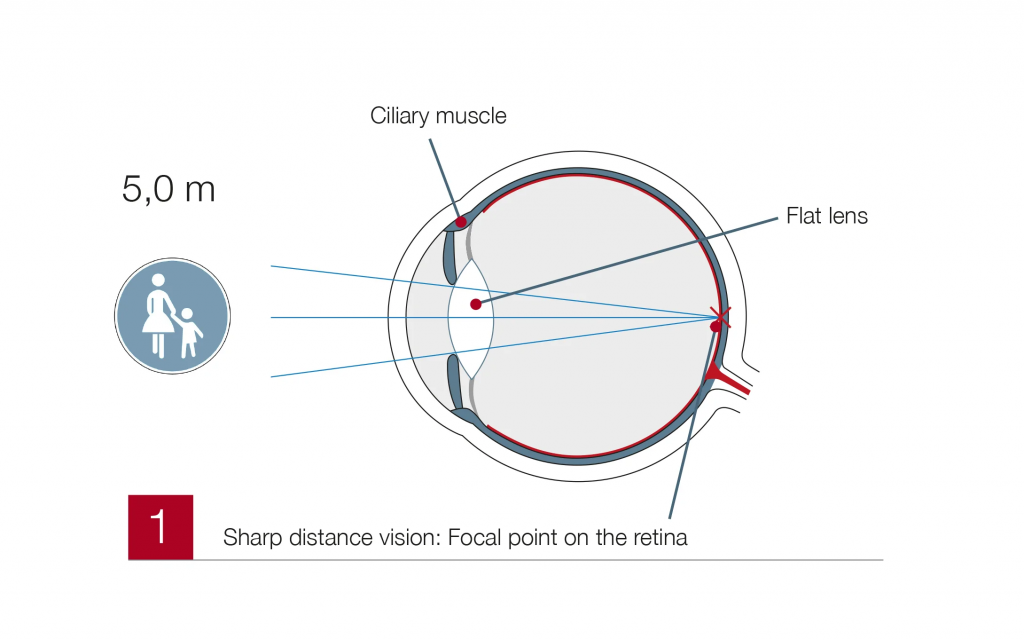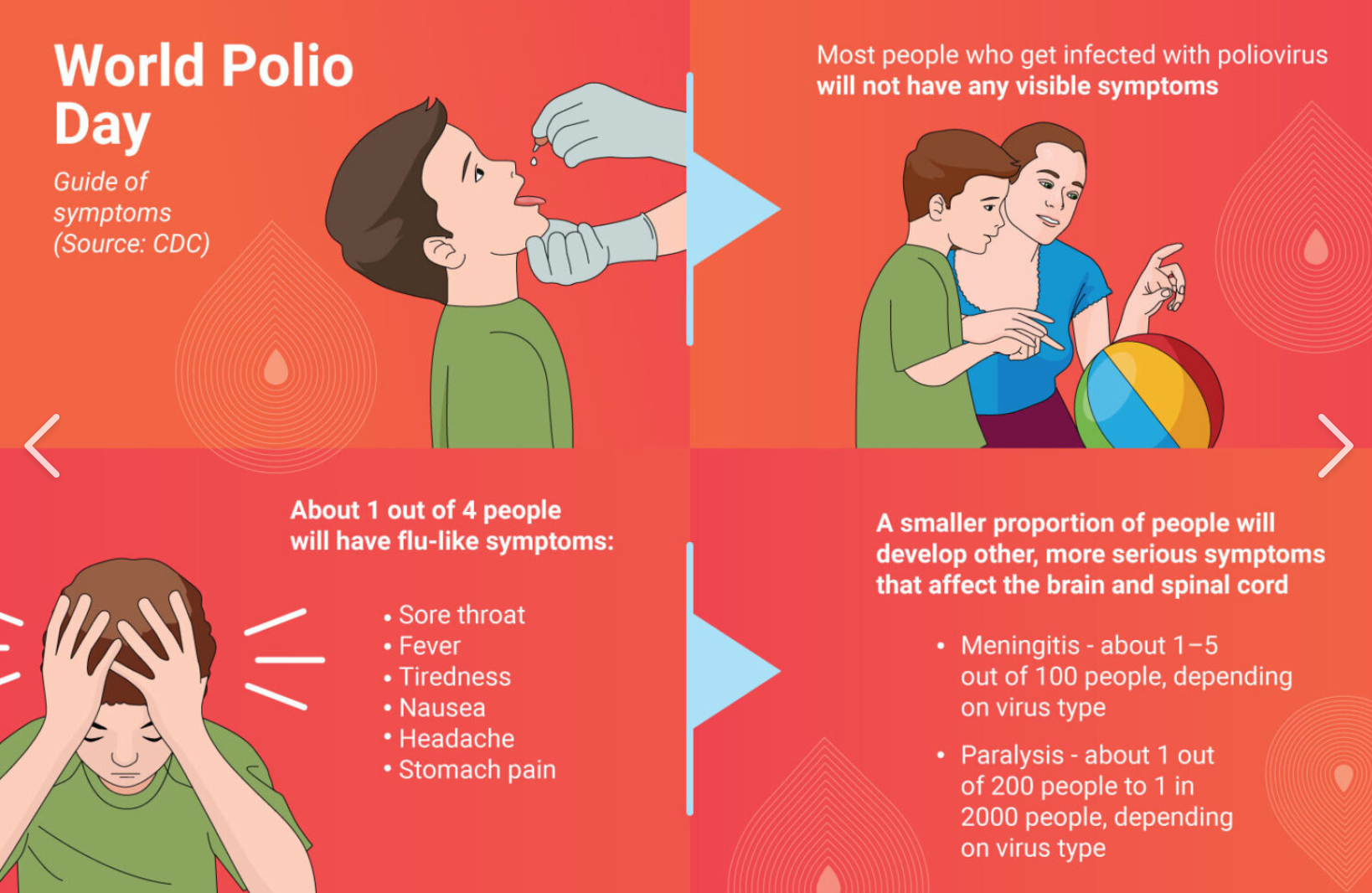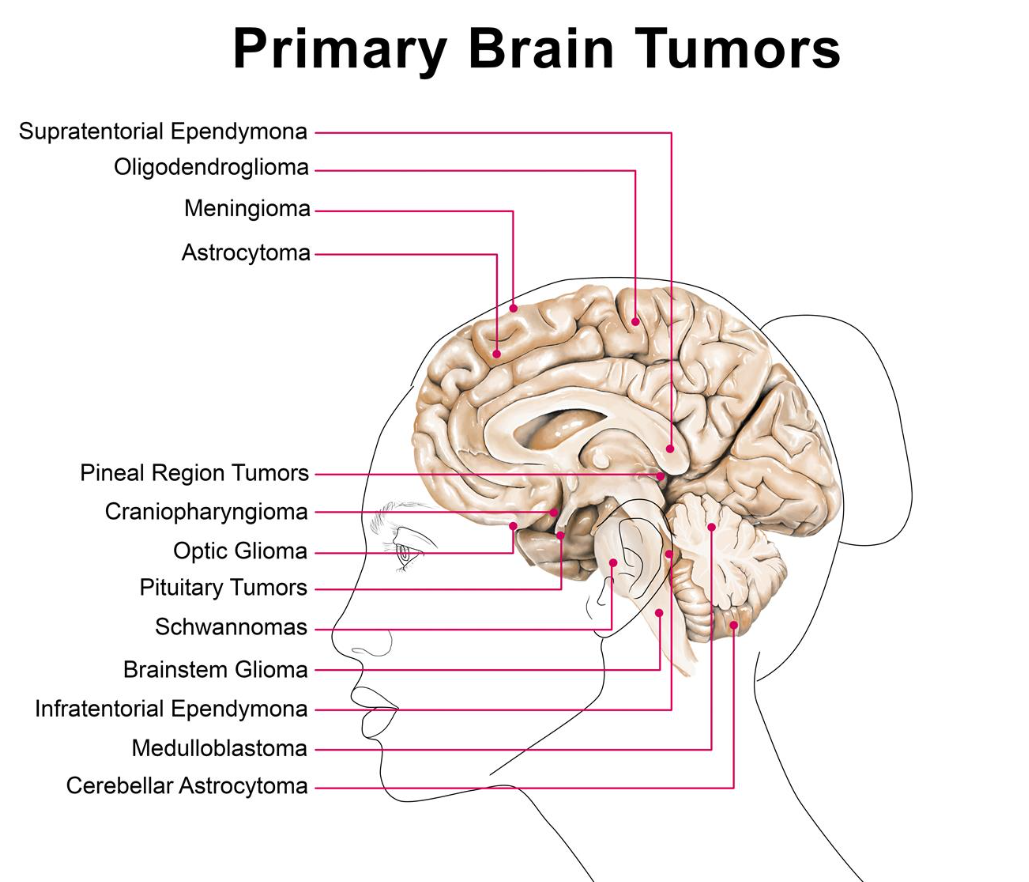
In today’s fast-paced world, many of us have experienced that familiar feeling of dizziness and blurred vision after a long day staring at screens. You might think, “Ah, just eye strain from too much screen time.” And while that’s a common culprit, what if this fuzzy, dizzy feeling doesn’t go away with a little rest? Well, it might be time to consider another possibility: you could be experiencing early signs of presbyopia!

Yes, you read that right. Presbyopia, often thought of as an “old person’s problem,” is now affecting people much earlier in life. Thanks to our increasingly digital lifestyles, where we’re glued to screens for hours on end, presbyopia is creeping up on us faster than ever before.
Early Signs of Presbyopia: Not Just Eye Strain
Presbyopia, or “old sight” as it’s sometimes called, is the natural decline in your eye’s ability to focus on close objects. It’s a part of aging, but with our modern habits, it’s showing up in people as young as their mid-30s. The early symptoms—blurry vision, dizziness, and eye strain—can easily be mistaken for just needing a break from the screen. But if these symptoms persist, it’s time to consider that your eyes might be getting a bit “vintage.”
Why Does This Happen?
Think of your eyes like a camera. When you’re young, they’re on “auto-focus,” effortlessly switching between near and far objects. But as you age, this auto-focus starts to malfunction, turning into a “manual focus” mode. This means your eyes struggle to quickly adjust when looking at close objects, leading to that frustrating blurriness when trying to read or use your phone.

The Global Impact
Presbyopia is a global issue. According to recent statistics, about 1.37 billion people worldwide suffer from it, with many in developing countries not receiving proper correction. By 2050, that number could rise to 1.78 billion. In China, over 56.9% of people aged 35 and above have presbyopia, affecting around 390 million people.
Why Early Correction Matters
Ignoring presbyopia can lead to more than just squinting at small text on your phone. It can slow down your ability to focus on different distances, which can be dangerous. Imagine walking down stairs while looking at your phone—one moment you’re focused on the screen, the next on the steps, and suddenly, you’re stumbling. Or while driving, trying to switch between the road and the navigation screen, only to find your eyes struggling to adjust quickly.

Not correcting presbyopia can also exacerbate eye strain, leading to headaches and dizziness. So, it’s crucial to address it early not just for convenience but for safety and overall eye health.
The Elegant Solution: Progressive Lenses
For those in their 40s, a time when many are at the peak of their careers, dealing with presbyopia can be a hassle. Especially if you already wear prescription glasses, having to switch between two pairs can be a real pain. Enter progressive lenses—a sleek solution for those who want to maintain their professional image.
Progressive lenses are like having multiple pairs of glasses in one. They have different focal zones: the top for distance viewing, the middle for intermediate tasks, and the bottom for close work. While they do have areas with irregular astigmatism and prismatic effects (called the “astigmatic zone”), you can avoid these by learning to use the lens properly.
Getting Used to Progressive Lenses
Progressive lenses require some getting used to, so it’s best to start using them early in your presbyopia journey. This way, you can adapt more easily and avoid the hassle of switching between multiple pairs of glasses.
To get the most out of your progressive lenses, it’s essential to get a professional fitting. Choose a reputable optician who can guide you through selecting the right lens parameters and teach you how to use them effectively.
Conclusion
Presbyopia is a natural part of aging, but with our modern lifestyles, it’s affecting us earlier than ever. Don’t let it catch you off guard. Early correction not only improves your quality of life but also ensures your safety and eye health. So, if you’re noticing those early signs of presbyopia, it’s time to take action. Your eyes will thank you!







Leave a Reply